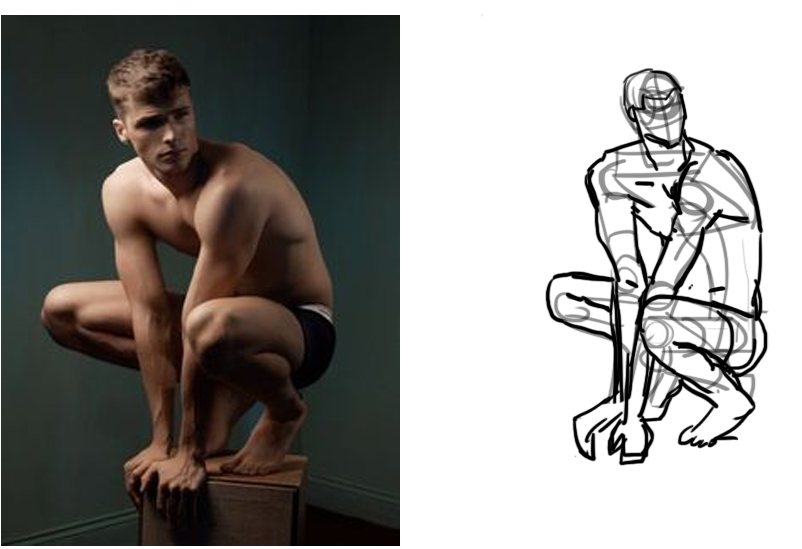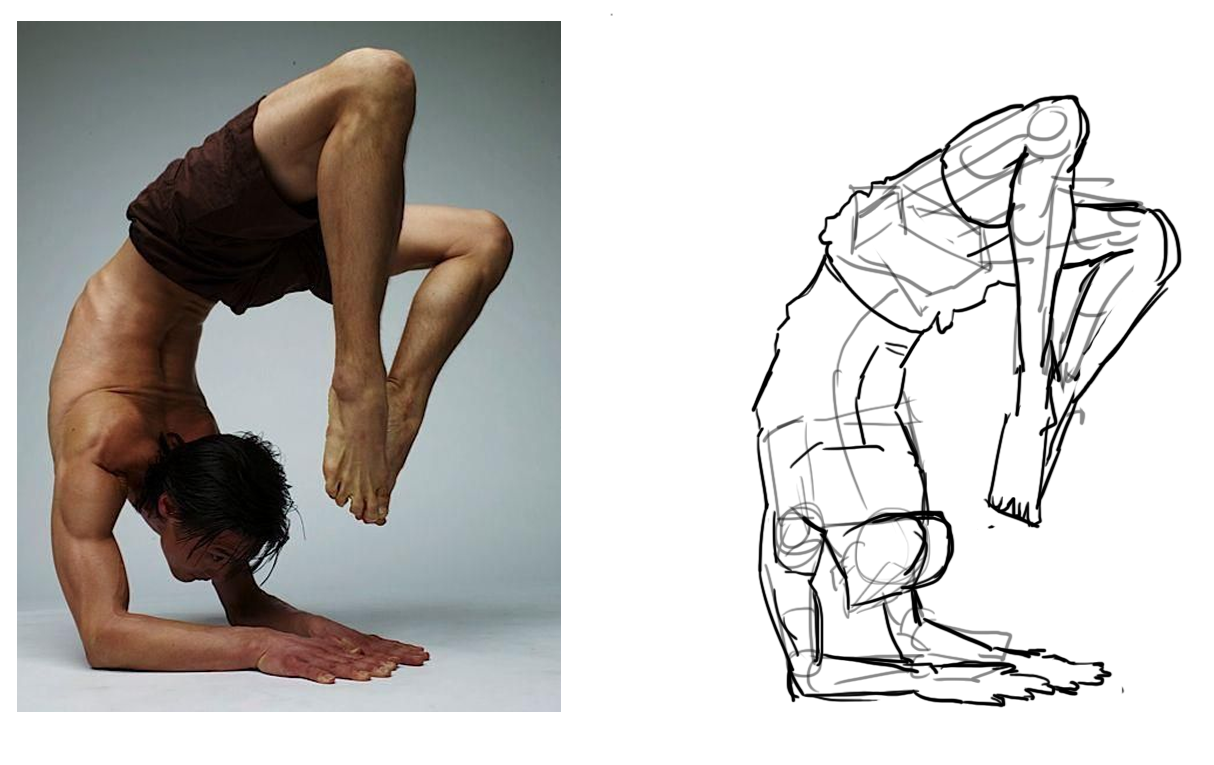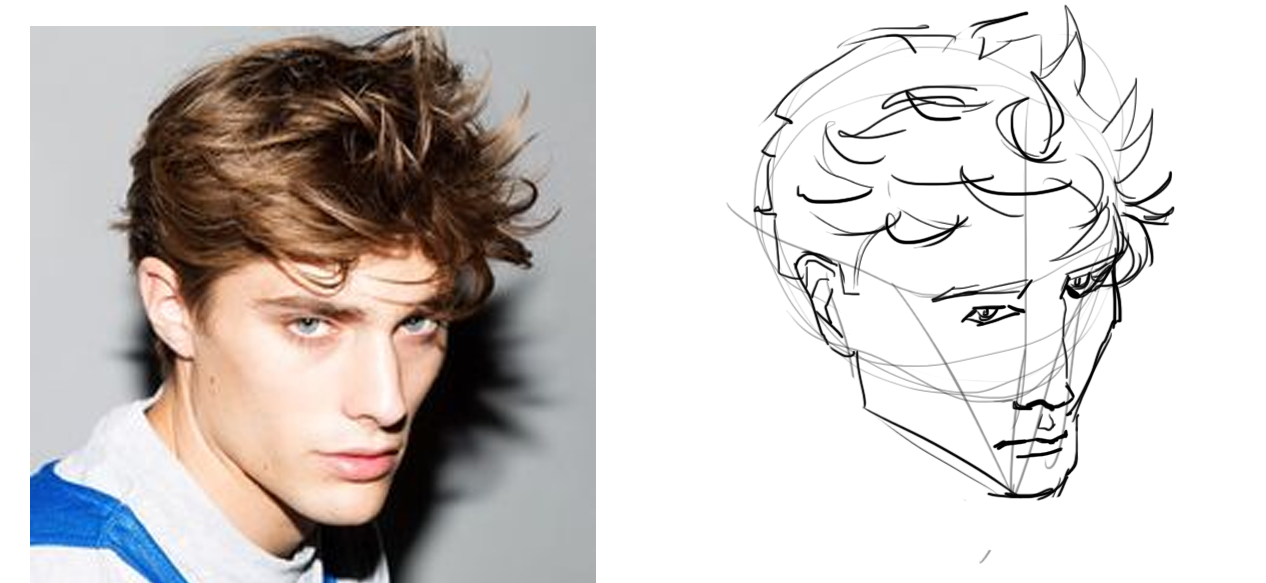I actually think that for a new observer it can be easier to spot the mistakes because your mind is fresh. When you do something for long enough you tend to get lost in certain details and it can be easy to lose track of the bigger picture. Sometimes taking a little break, zooming out, squinting or flipping canvas can help you notice mistakes
In my profession there’s also a concept o constantly teach that may help here as well: when looking at a picture dont jump to a conclusion (like in dermatology, you dont just look and jump to a diagnosis) in stead, first analyze what you see and try to put it in words. If you feel something is off or not, it may help to try to put in words what you notice is off to help inform you what to fix and also what is right or what to look for
Last figure is looking good, just have to work those proportions a bit. Head construction is looking good. Stylization, outlines (like lip outlines) will make it look less “realistic” if you slowly work up the portrait focusing on construction, proportions and values (like drawing the outlines of where values are in stead of outlines of structures) you tend to get a more realistic result at the lineart phase i feel, but i wouldnt worry about it too much. You can start with a “cartoony” sketch and end up with a very realistic render, just dont get lost in details early on and allow yourself to build on top of it
Cheers
 I see what you mean about the back and and the pants
I see what you mean about the back and and the pants







